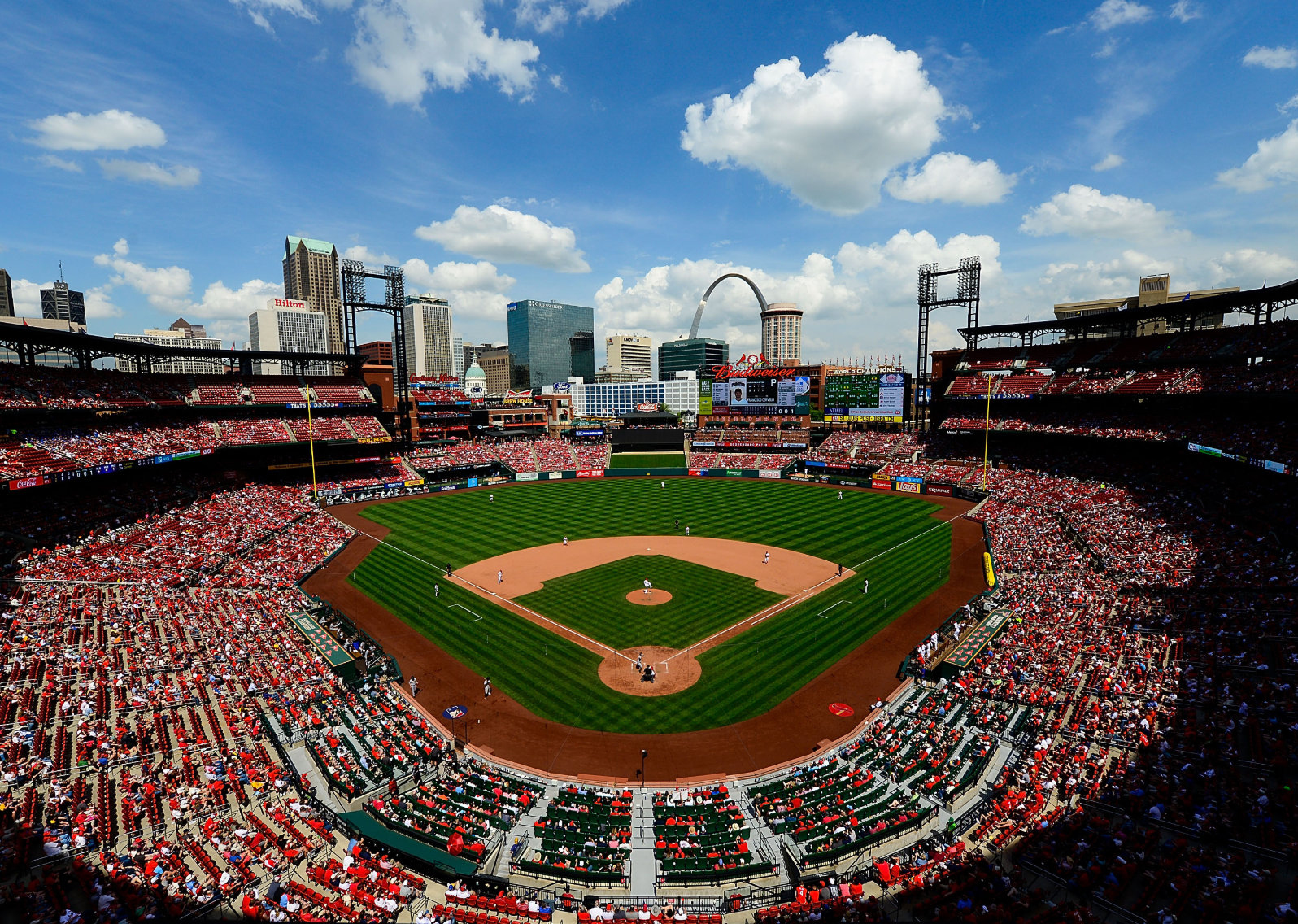
25 ways the MLB has changed in the last 50 years
In 1969, the New York Mets won the World Series, and while the Mets still play in Queens, much has changed since then. The Mets won the deciding game of the fall classic in a stadium that also served as a football field (the Mets, like many other baseball teams, now compete in stadiums that only house baseball). They also bested 23 other teams; now there are 30 teams annually competing for a championship. The Mets did not have to travel to Florida or Colorado in 1969, but now there are teams in both those states, as well as in Arizona and Washington D.C.
It's clear the landscape of Major League Baseball 50 years ago looked much different than it does now. Part of the reason for change has been financial—movements like expansion were to grow the game in new markets and take advantage of financial opportunities in untapped cities. Other alterations were to increase audience—with the growth of interest in the NBA and NFL, MLB has had to find ways to keep fan interest and cultivate new fan bases amid the rise of such sports stars as basketball's LeBron James and football's Tom Brady. Then there are changes that are a result of technology—while wooden bats and leather mitts are still employed, the way we consume baseball, and the way the rules of the game are applied have been affected by our 21st-century tech inclinations.
Using information from MLB and local news sources, Stacker examined 25 ways the MLB has changed in the past 50 years. While we haven't yet reached the days of flying cars and ubiquitous hovercrafts, we do see advancements and stylistic changes that would shock time travelers from the 1960s. Here, click through to see how baseball is different from the days of yore.
You may also like: Stories behind every MLB team name

The designated hitter
In 1973, the American League introduced the designated hitter, a batter whose sole purpose in a game is offense and who does not play on the field (replacing the pitcher's spot in the batting order). This increased offense in the AL, while the National League became known as a “pitcher's league.” While some of the game's best hitters have slotted into a DH role, the position still causes controversy—some Hall of Fame voters shy away from supporting DH candidates for not playing defense.
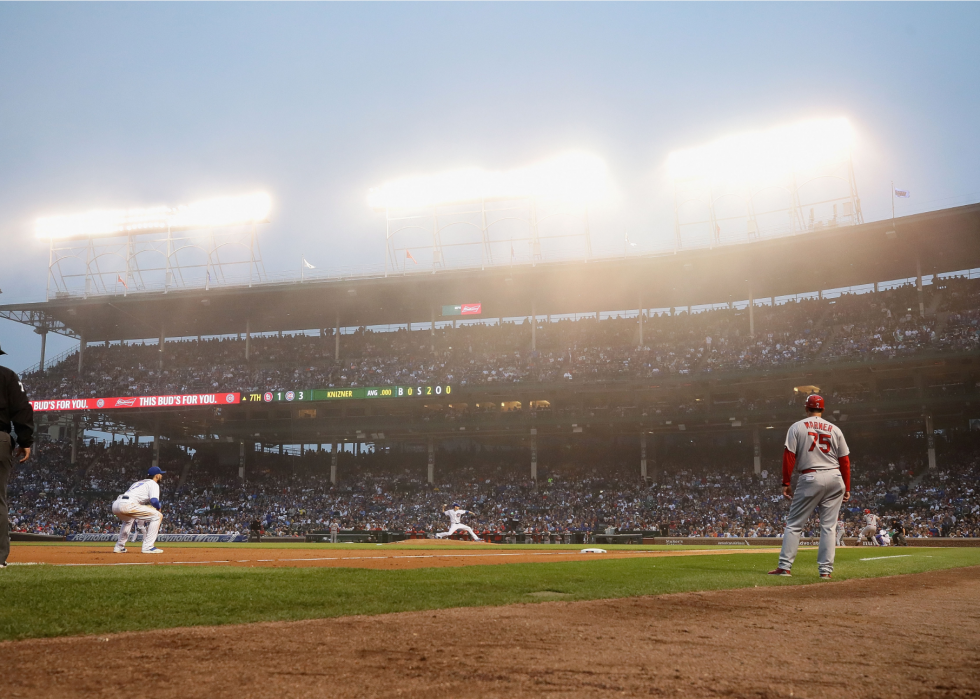
Wrigley nights
For more than 75 years, Wrigley Field in Chicago was known for its ivy-decorated outfield wall, and its day games. That all changed when in 1988 the home of the Chicago Cubs installed lights for night games. The Cubs were the last team to not hold night games, but now they've become a staple of hot summer evenings on the North Side of the city.
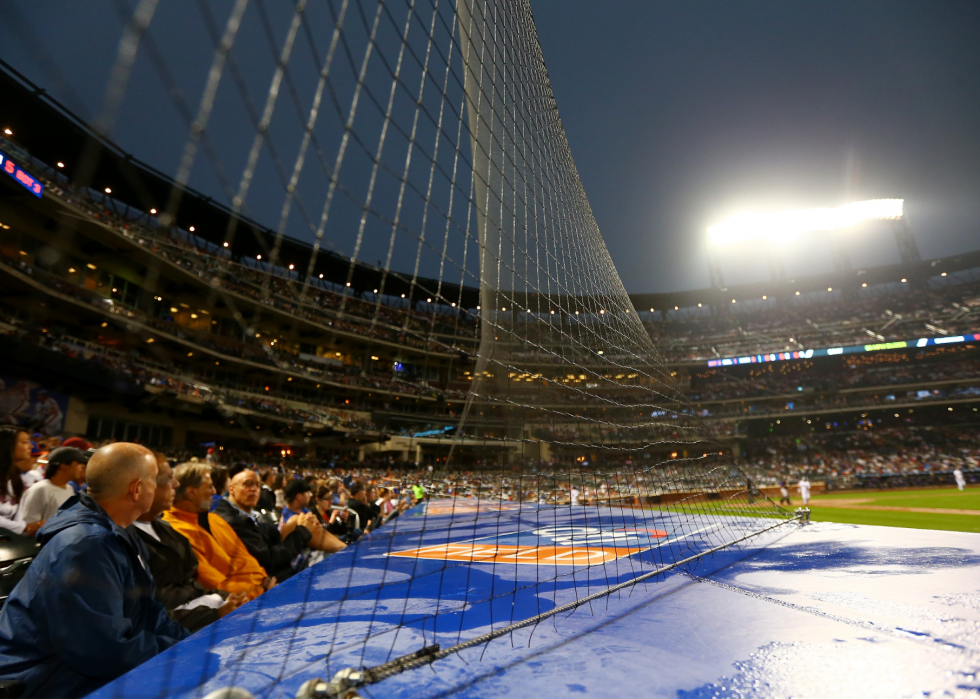
Protective netting
Old-time photos often captured players reaching over the dugout to greet fans or sign autographs, but that interaction has become largely subdued in favor of safety. After a spate of horrifying incidents involving foul balls striking fans, baseball stadiums began wrapping the areas behind the dugout with protective netting. However, some say these measures don't go far enough; in May, a young girl was hit by a screaming liner by Cubs batter Albert Almora, who was in tears through the mishap.
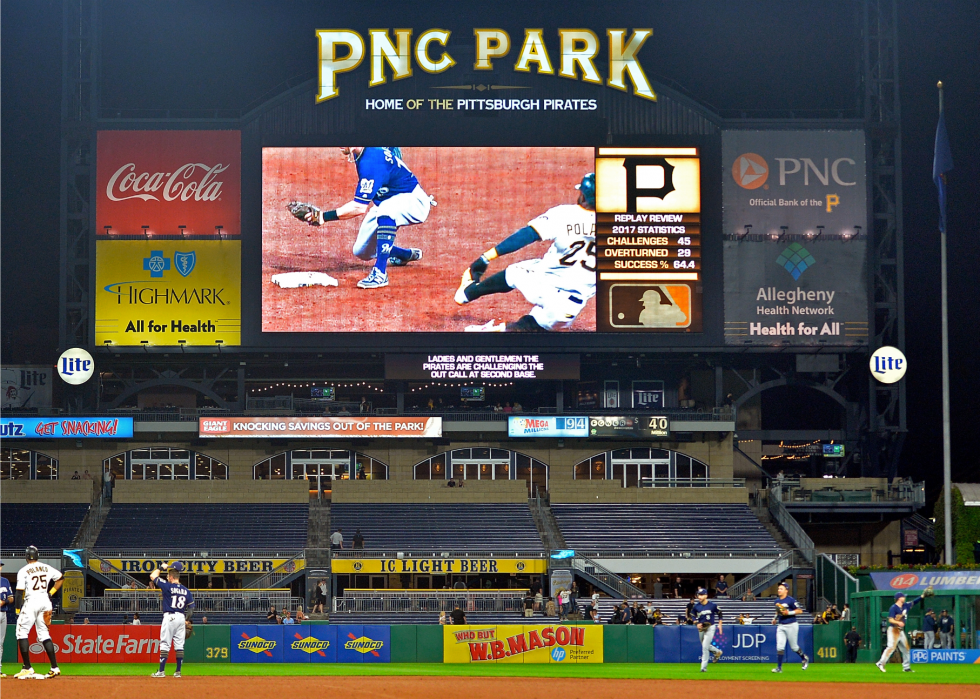
Video replay
Long a staple of the National Football League, Major League Baseball instituted video replay on Aug. 28, 2008. Originally, the replay could only be initiated by the umpire on home run calls, but now the game includes manager challenges on everything from whether a defensive player actually caught a ball, or if a batter was hit by a pitch. While purists may bash technology's influence on the outcome of the game, MLB may not be done.
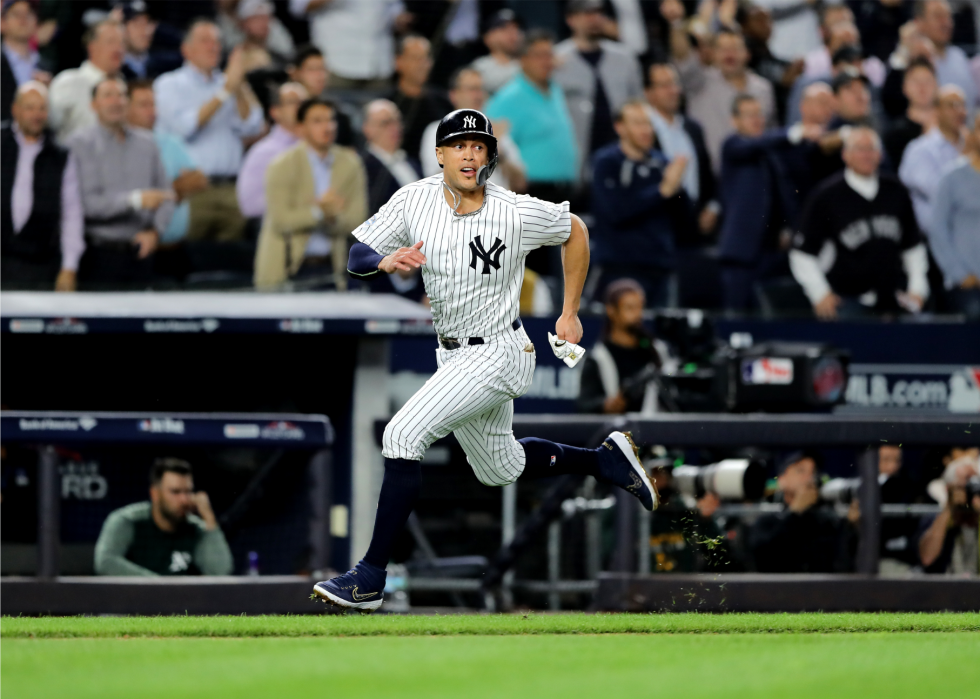
Wild cards
In 1969, the American League and National League were split into two divisions, with each league's division winner meeting in the playoffs. In 1995, the playoff system instituted its first wild card teams to accompany three division winners in the playoffs. Today, two wild card teams meet in a one-game playoff to advance to the Division Series round.

Interleague play
Before 1997, the only time stars from the American League and National League faced off were in Spring Training, at the All-Star Game, or in the World Series. But still reeling from a disastrous strike in 1994, in an effort to increase interest in baseball, MLB created Interleague play. Today, because there are 15 teams in each league, every set of series throughout the season is guaranteed to have at least one AL-NL matchup.
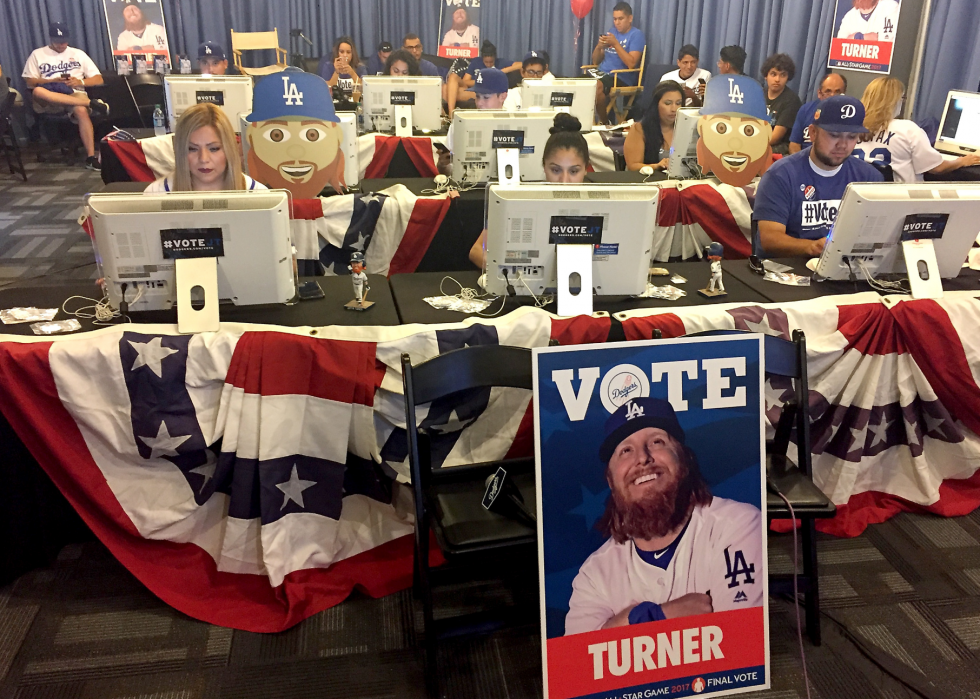
All-Star voting
With the advent of iPhones and the internet, voting for MLB All-Stars has changed dramatically. No longer can fans even stuff paper ballots at their local ballparks. Not only can they vote online for starters, but they also choose the last person for each roster in a special runoff election.
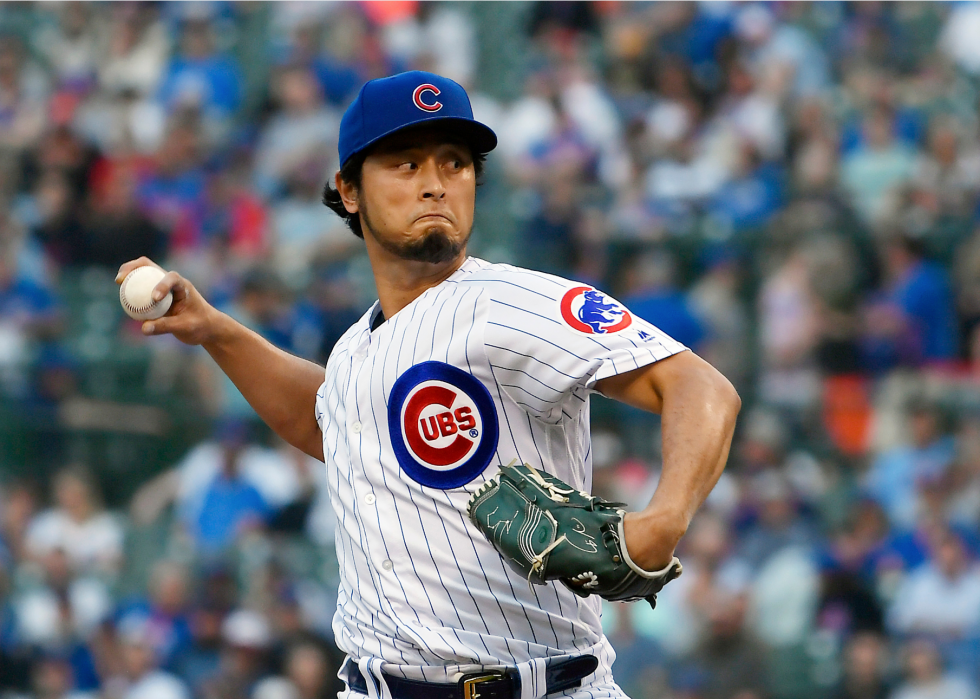
International influx
At the start of the 2019 season, MLB had 251 international players. Countries like the Dominican Republic, Japan, and Venezuela have led the charge of imports in recent years, while countries like the Netherlands, Brazil, and Australia also have begun producing MLB talent. The first Dominican player didn't arrive to the majors until 1956, but there were 102 Dominicans on rosters to open this year.
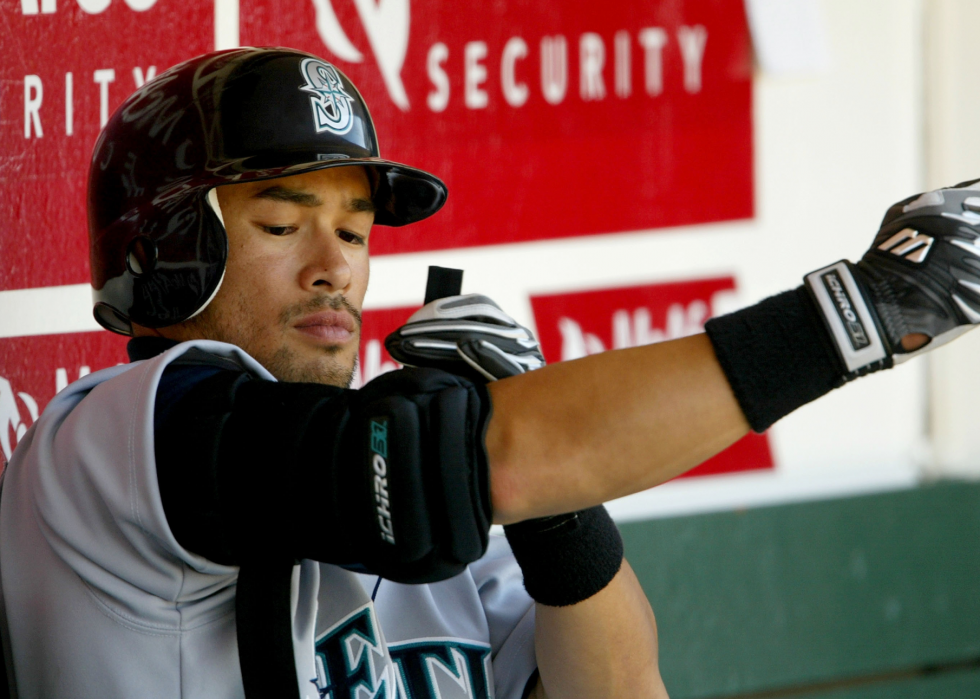
Protective padding
While most sluggers 50 years ago didn't even wear batting gloves, today's players are equipped like soldiers headed into battle. The introduction of everything from shin guards to elbow pads have changed the way pitchers approach batters—throwing high and inside is no longer as intimidating if you're covered head to toe in padding. While old-school hardliners may have voiced their displeasure with the accoutrements at one time, protective gear is very much the norm today for every player.
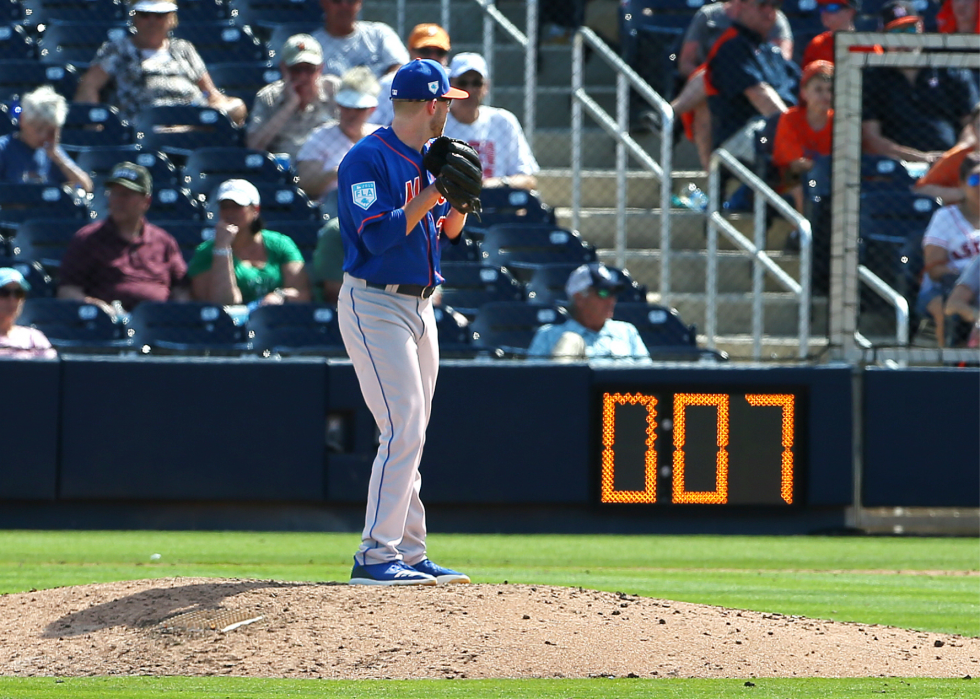
Pitch clocks
During Spring Training 2019, MLB introduced a pitch clock for the first time. In recent years, fans have bemoaned the length of baseball games, and MLB has gradually rolled out new rules to speed the game along. This also includes limiting mound visits and shortening the time between innings.
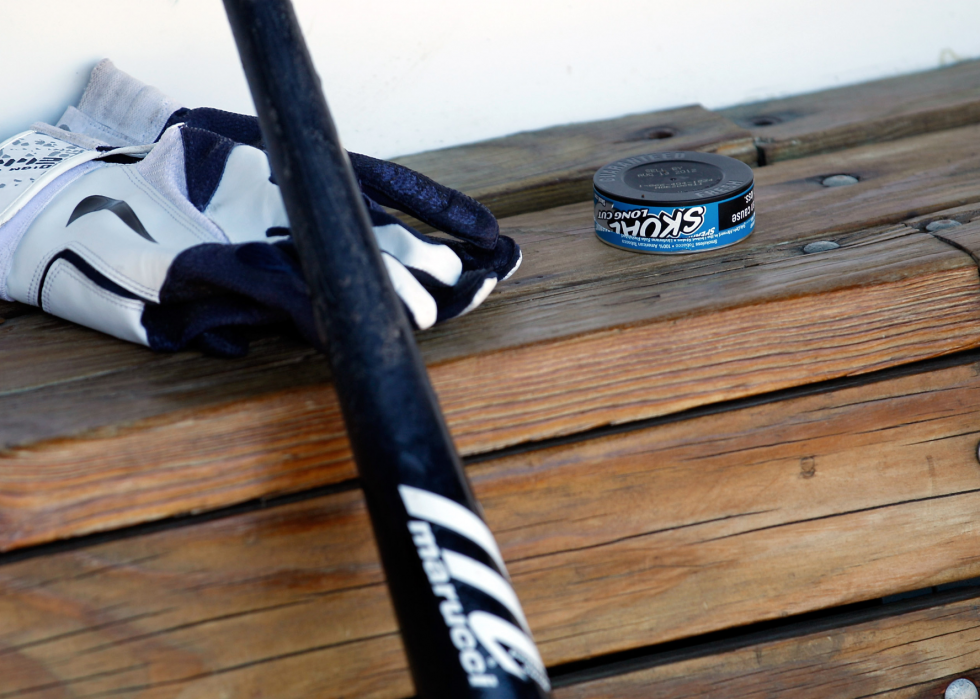
Tobacco bans
Baseball players have long been associated with chewing tobacco, often seen on the field with large chaws in their mouth, or shown in the dugout spitting out brown wads of residue. While Americans have long known the dangers of tobacco, the use of smokeless tobacco didn't hit hard at home until the death of Tony Gwynn, a frequent user who succumbed to salivary gland cancer in 2014. Now, more than half of the ballparks in the majors ban the use of smokeless tobacco by fans and players.
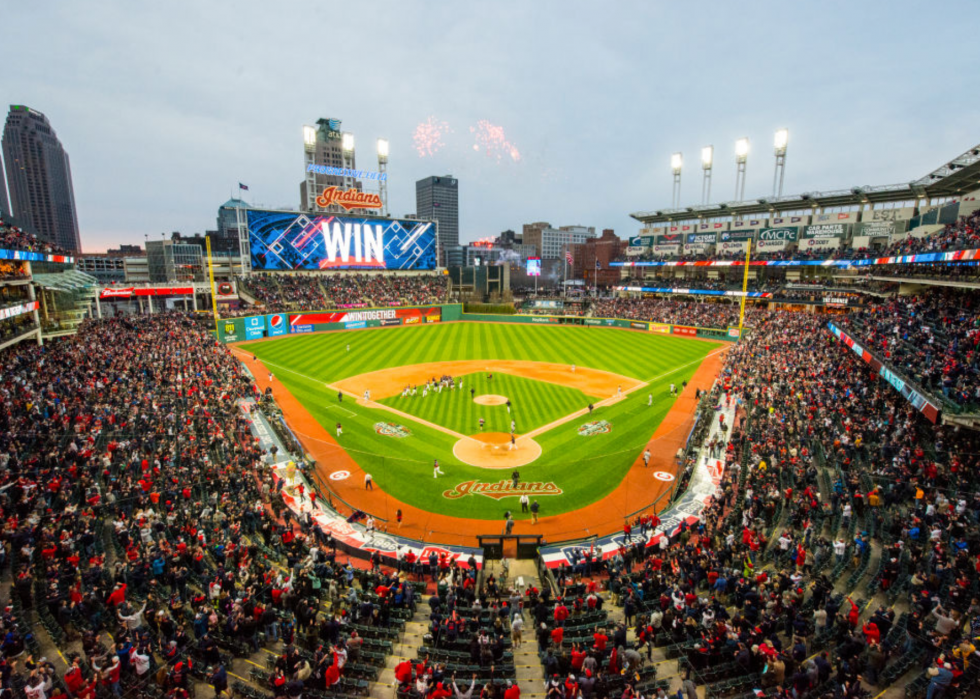
Baseball-specific stadiums
Fifty years ago, as MLB began expanding to new cities, many locales began building dual-purpose stadiums, to host professional football and baseball teams. This resulted in many stadiums choosing artificial turf over natural grass, which could lead to more injuries, and less-than-optimal settings for baseball games. Beginning with Camden Yards in 1992, MLB teams began building baseball-only stadiums, creating much better accommodations. But the facilities remain controversial when cities have to foot large tax bills for their construction.
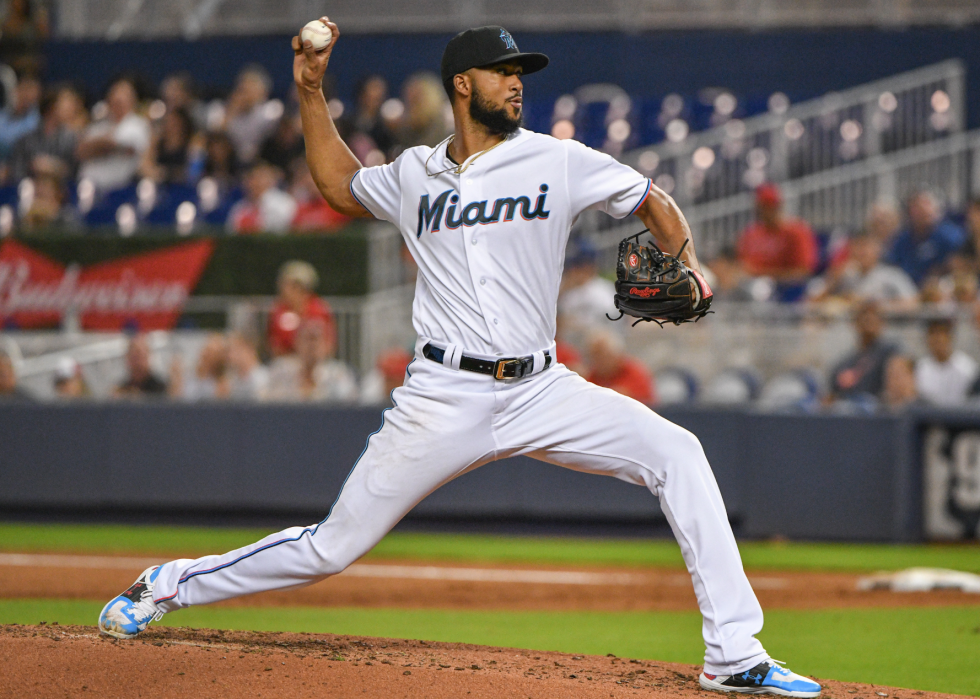
Expansion
In 1969, there were 24 teams in the majors. Today, 30 teams comprise the landscape of professional baseball in North America. Fifty years ago, there were no teams in Florida—now there are two—while western locales like Denver and Phoenix also have become baseball-crazed cities.
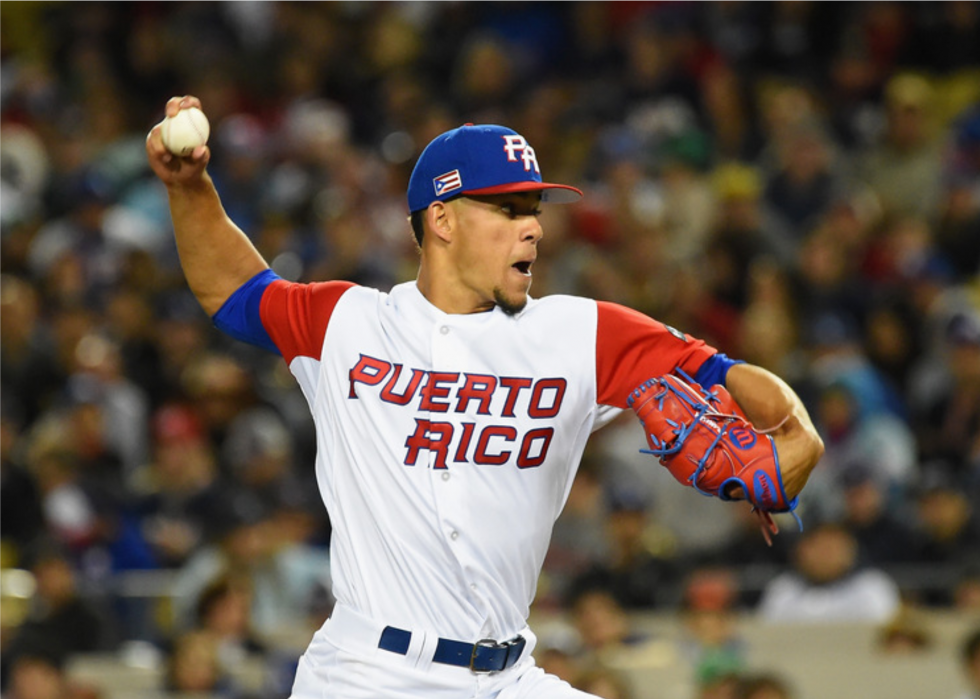
International games and the World Baseball Classic
On Aug. 16, 1996, MLB held its first regular season game outside of United States or Canada, in Monterrey, Mexico. Since then, games have been held in Japan and Australia, while the inaugural World Baseball Classic in 2006 furthered the sport's spotlight around the globe.
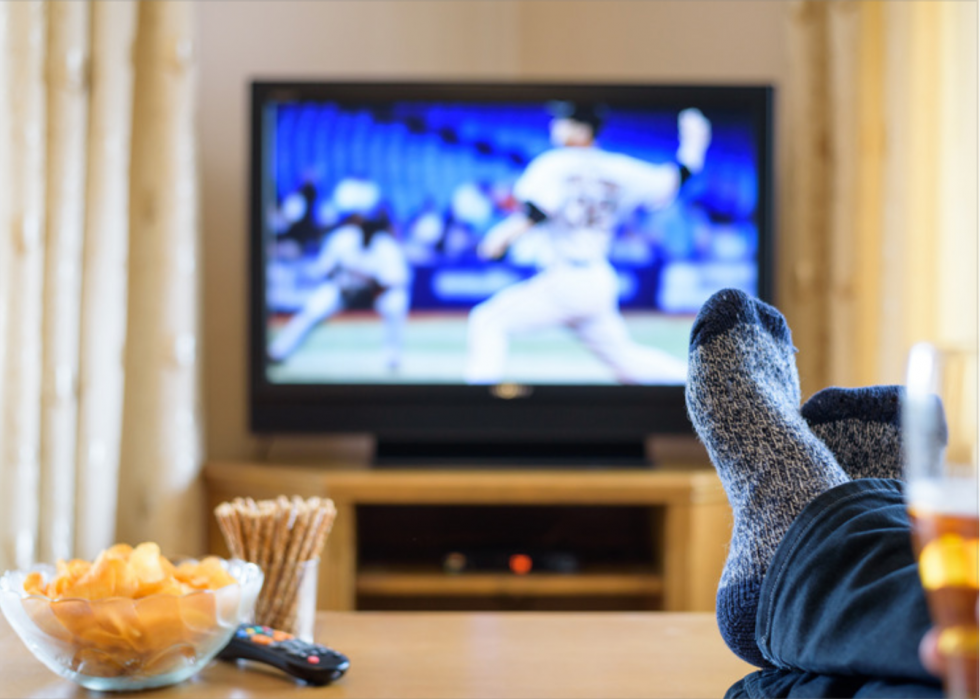
Streaming games and MLB Advanced Media
Today's baseball fans can watch games on Facebook, cellphones, and tablets. While much of this is the norm thanks to ever-expanding technology, baseball was ahead of the game with the creation of MLB Advanced Media, which has become a pioneer in the online viewing experience.
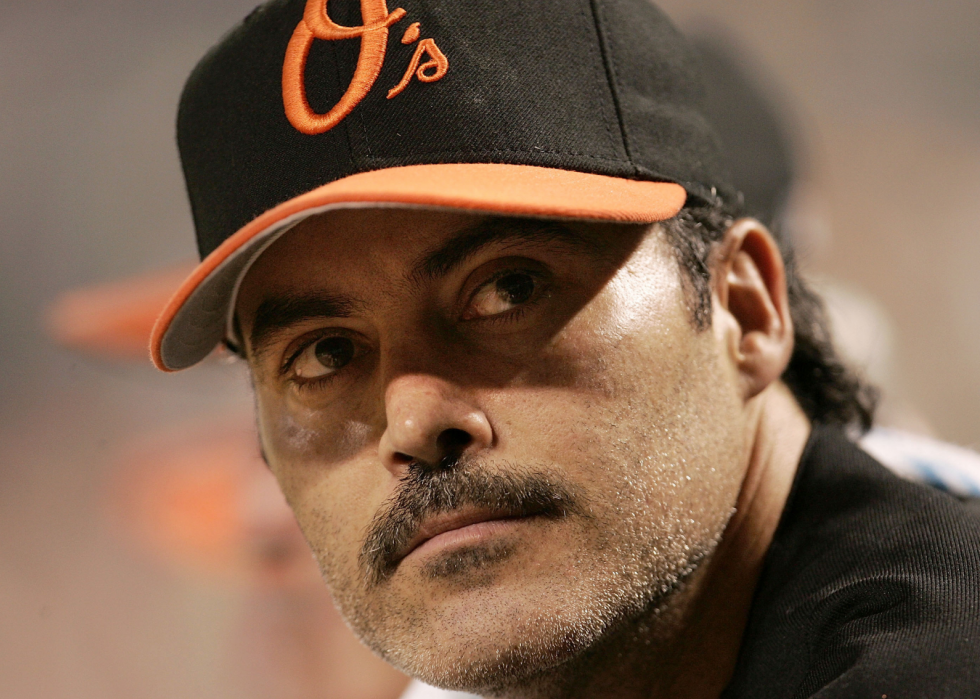
PEDs
Although the 1990s are often thought of as the heyday of performance-enhancing drug (PED) use in baseball, in the 1980s, several players admitted to using amphetamines to gain on advantage on the field. MLB has instituted stricter drug testing and penalties for players who use PEDs, but use of banned substances is not fully eradicated from the game.
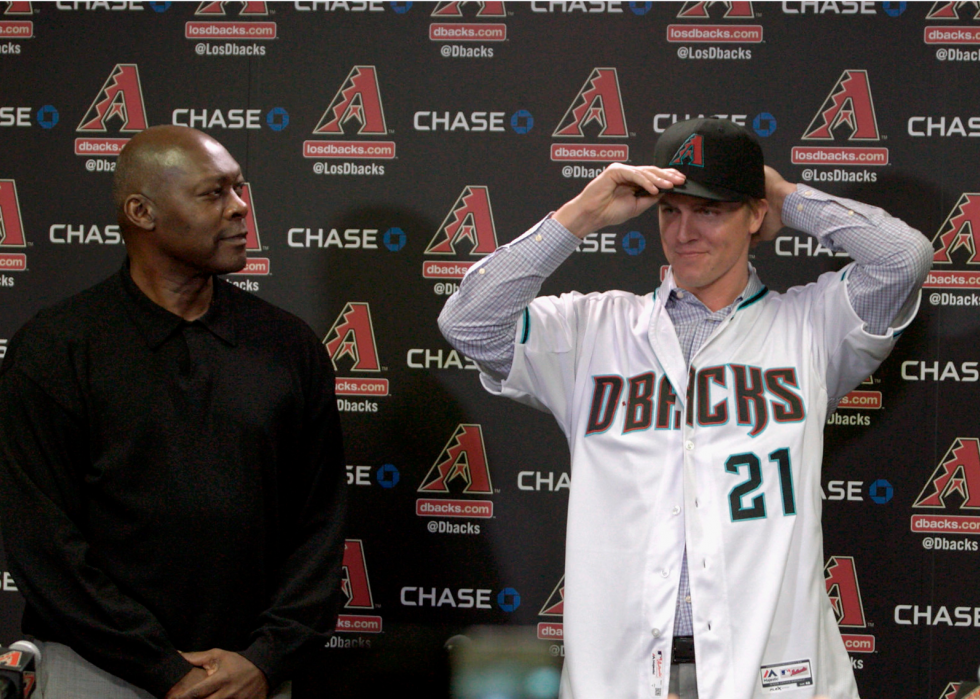
Free agency
In 1969, Curt Flood would not accept a trade from the St. Louis Cardinals to the Philadelphia Phillies. This kicked off a chain of events that saw Flood taking MLB to the U.S. Supreme Court, and even though he lost his case, it led to the creation of free agency in baseball. Today, free agency is how World Series winners are crafted and leads to unprecedented riches in the hundreds of millions for the game's top stars.
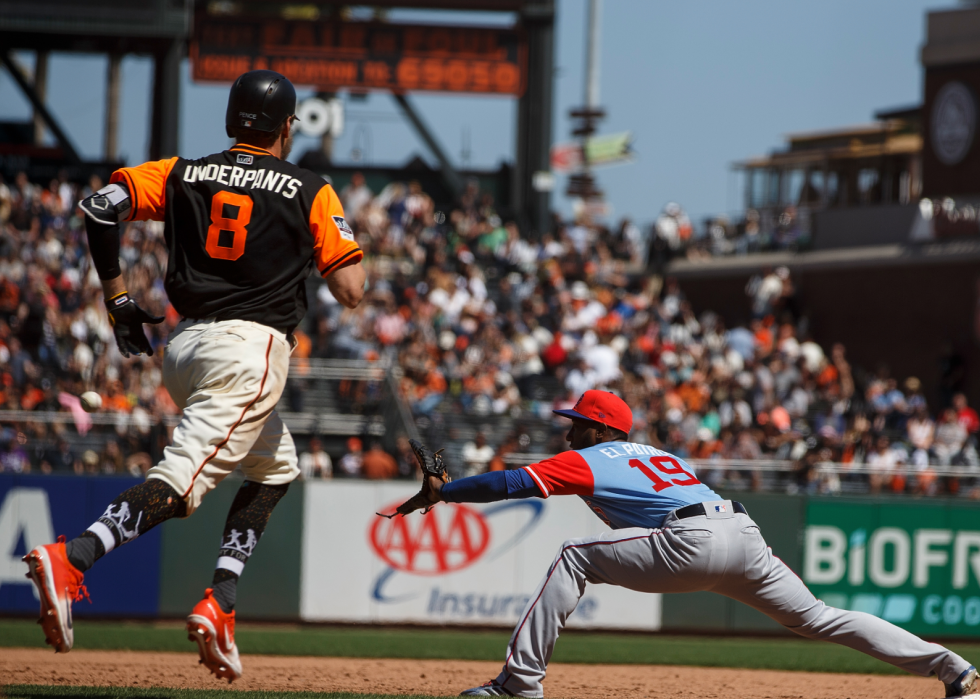
Personal style
Back in the 1960s, black cleats were in vogue and few specks of individuality could be found amid the wardrobes donned by MLB players. Today, though, the diamond often resembles a fashion show, with customized cleats, trademark hat styles, and fluorescent colored sleeves that have becoming calling cards for the game's biggest stars. MLB has further encouraged individuality with its “Players Weekend,” during which each player chooses a nickname on the back of his jersey.
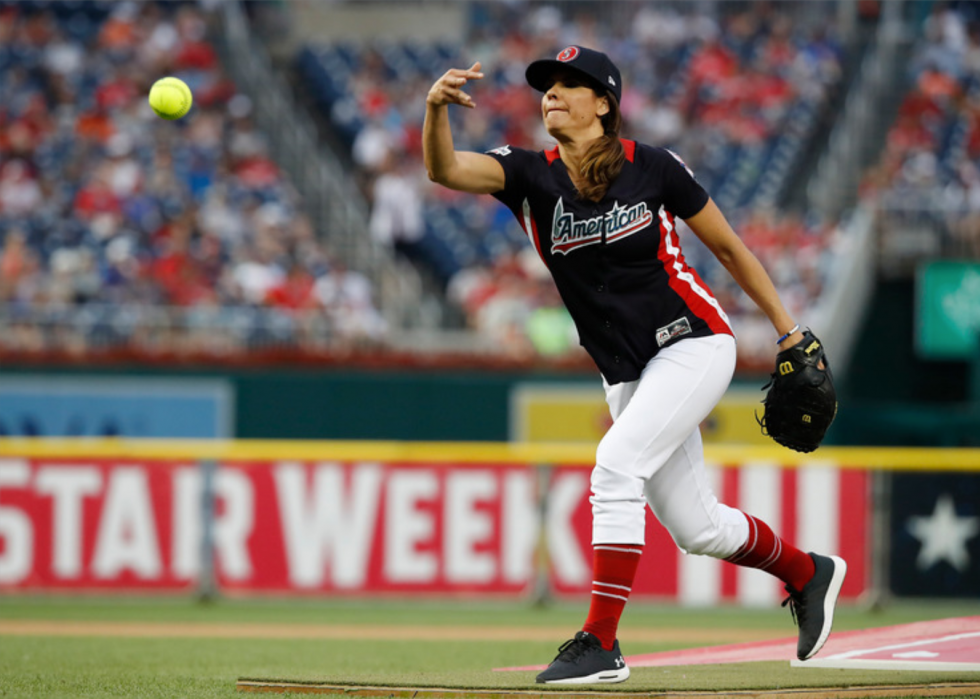
Women in MLB
More frequently, women are breaking barriers in baseball. For many years, Kim Ng has been vice president of baseball operations with the league, after successful runs in the front offices of the New York Yankees and Los Angeles Dodgers. In 2019, Jessica Mendoza followed in Ng's footsteps, getting hired by the New York Mets after many years as a baseball broadcaster for ESPN. Still, more steps can be taken to further diversity in baseball.
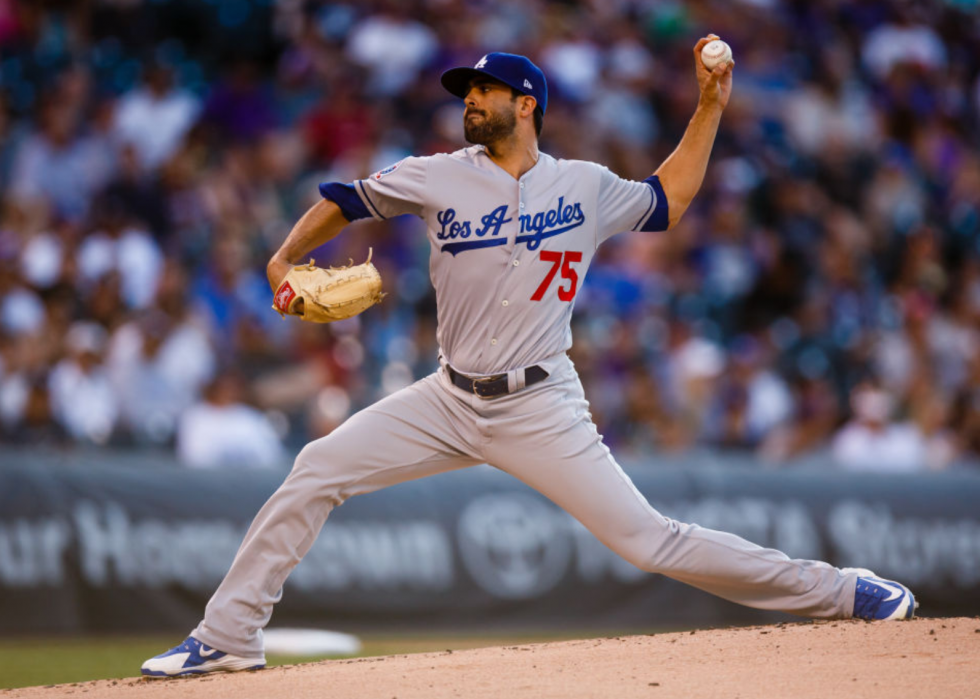
The opener
Pitching staffs have consistently had five starters—although 50 years ago, pitchers frequently lasted longer in games. While the number of starters hasn't fluctuated much, the Tampa Bay Rays popularized the use of an “opener” in 2018, which is using a relief pitcher to begin the game and using bullpen strength over the hope a starter can go deep into a game.
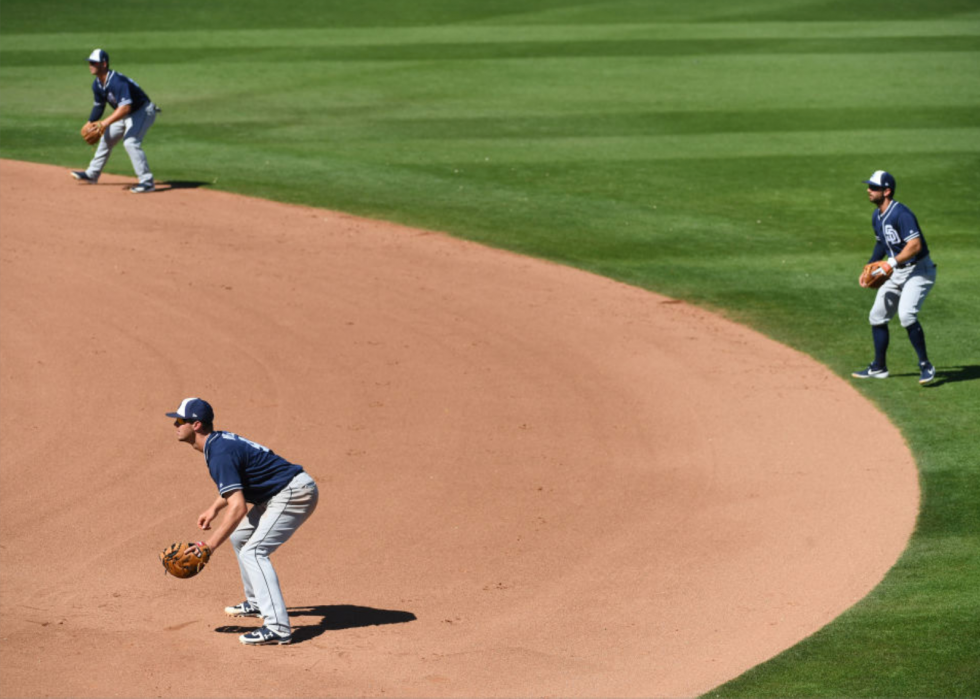
The shift
As long as baseball has been America's pastime, there has always been room for improvement. This decade, the shift has become a fad permeating baseball strategy, whereby a team shifts its infield in the direction of where a batter most frequently hits the ball. Some players will try to beat the shift with well-placed bunts or by aiming to hit the ball to the opposite field, but the shift remains a crucial component of today's game.
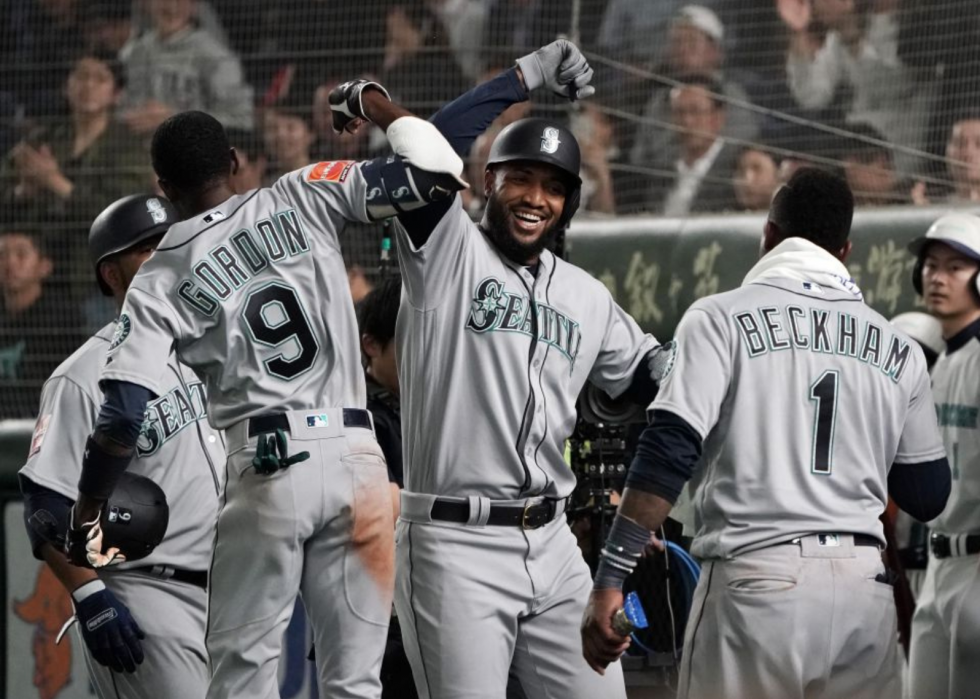
African American players
Jackie Robinson broke baseball's color barrier in 1947, and by 1969, about 14.5% of baseball players were black, according to the Society for American Baseball Research. By the 1980s, almost 19% of MLB rosters were comprised of black players, but in recent years, the number has hovered under 7%. MLB has recently created more initiatives in inner cities to increase enrollment among young black players.
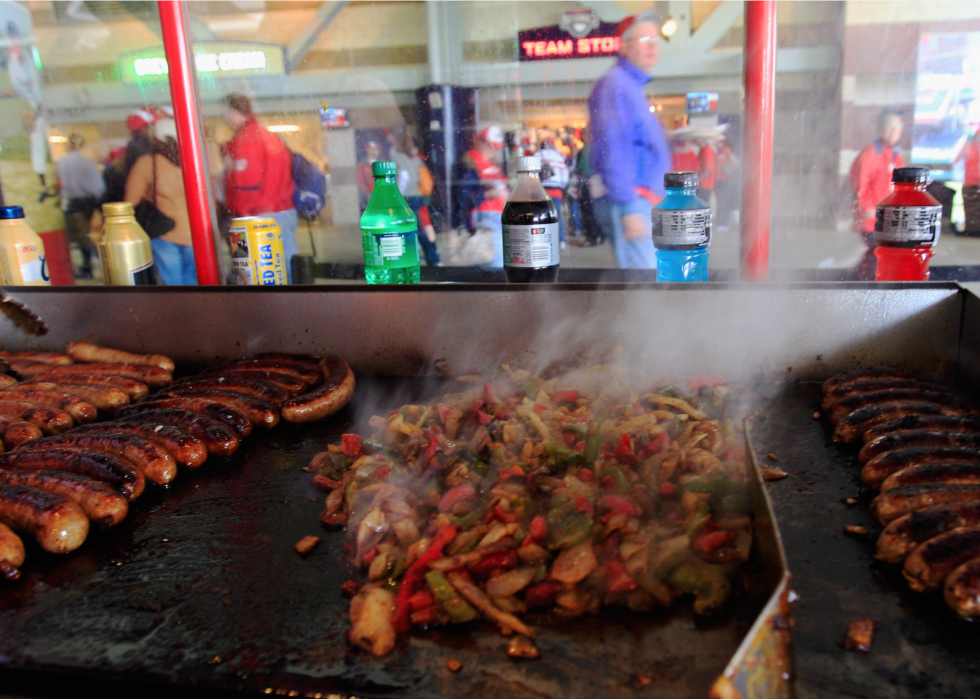
Not just peanuts and cracker jacks
The old ballpark menu of hot dogs, peanuts, and Cracker Jack can still be found at concession stands, but the live game experience has transformed completely. Stadiums now offer everything from fish tacos to gourmet pizzas, with wide ranges of craft beers and gluten-free options, to boot.
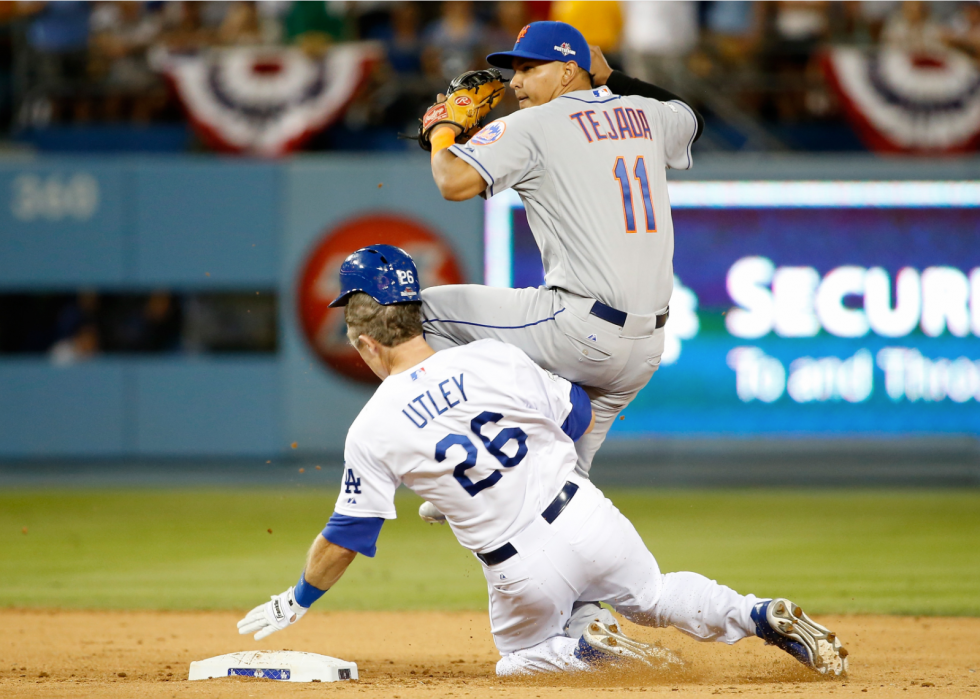
Slide rule
During the 2015 playoffs, Chase Utley used a hard slide into second base and ended up breaking the leg of Mets shortstop Ruben Tejada. That led to a new “slide rule” to protect defensive players, nixing the old unwritten rule of expecting to be taken out on a double play at second base. Other rules have been made to protect catchers after collisions at home plate caused notable catcher injuries.
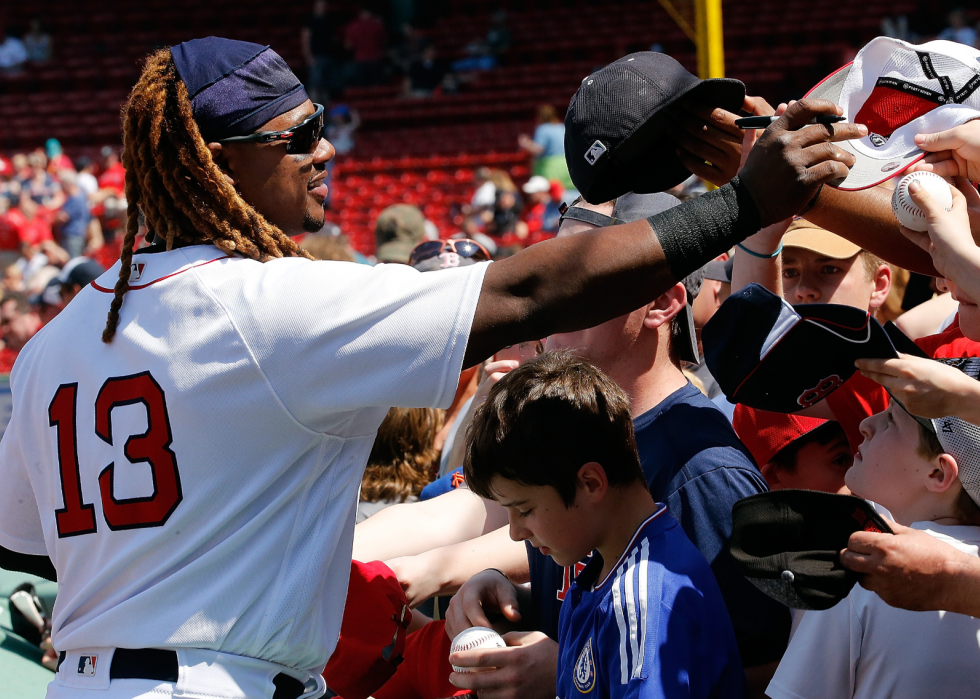
Fan interaction and social media
For years, the only way to meet a favorite ballplayer was by going to the ballpark, or a chance meeting in public. With the advent of social media, though, players can be accessed with the touch of a screen, and many ballplayers have used such interaction to their advantage, becoming fan favorites willing to interact with supporters and trolls, alike.



